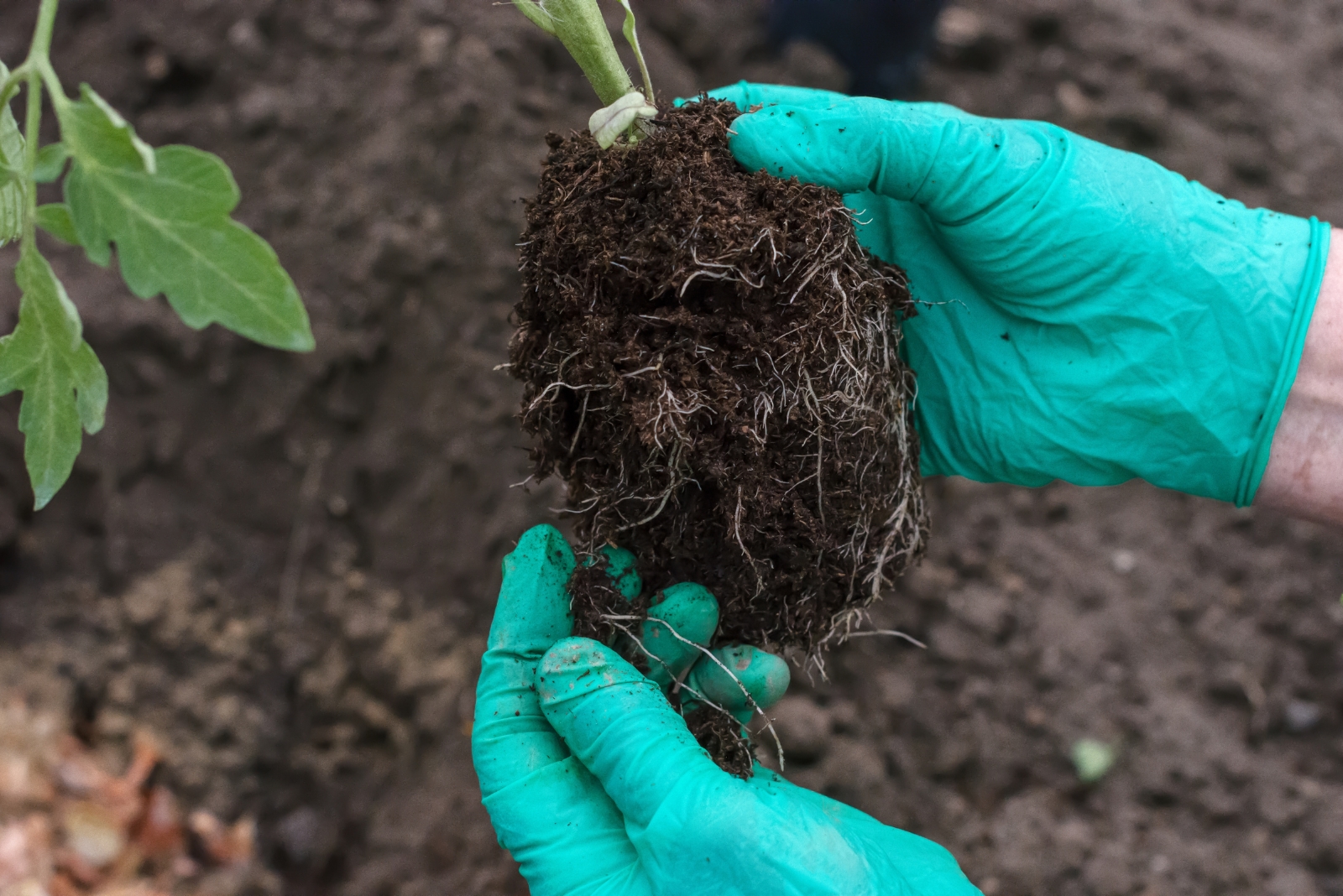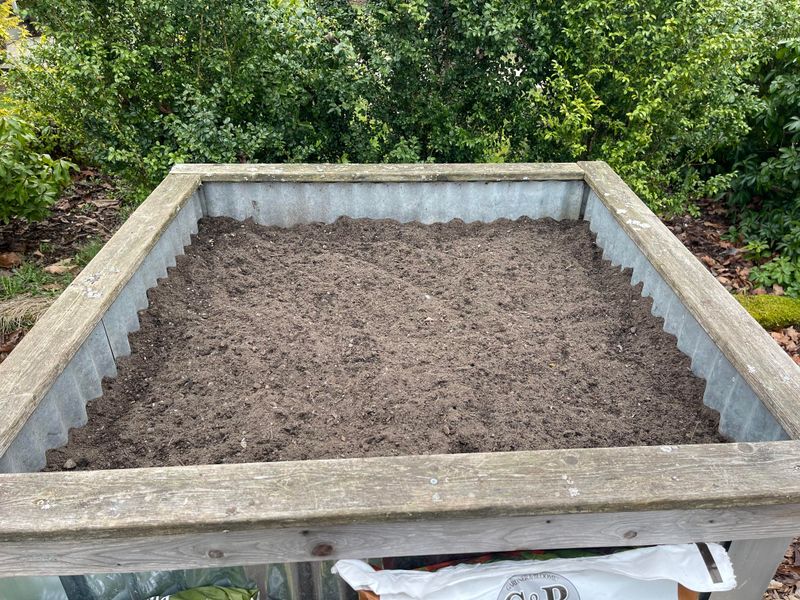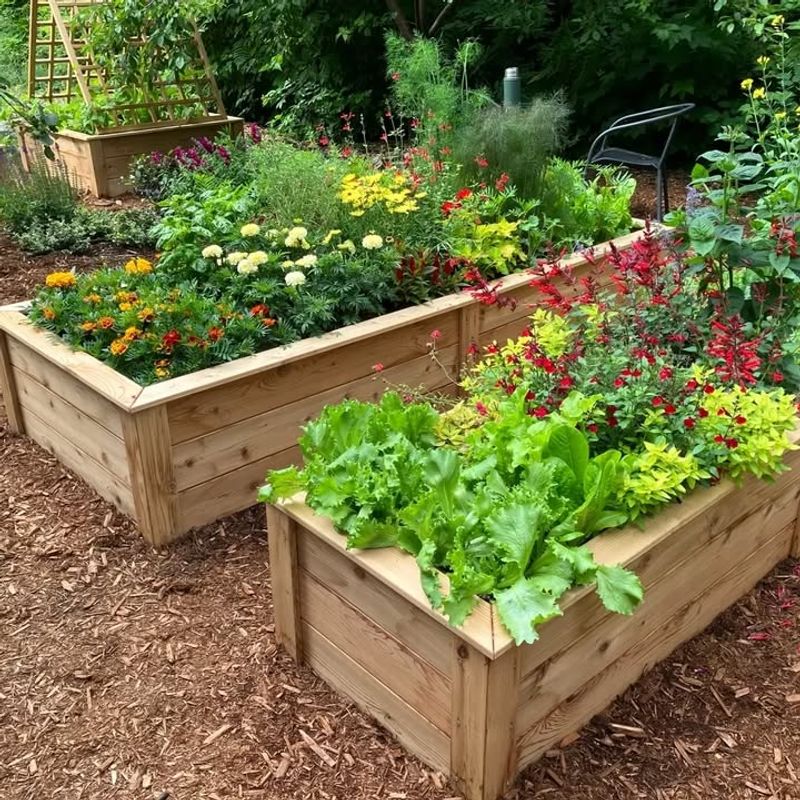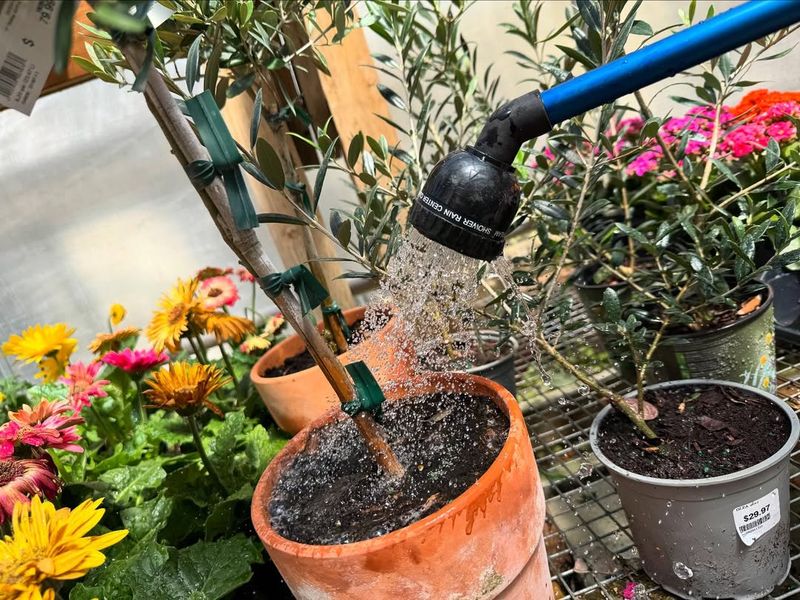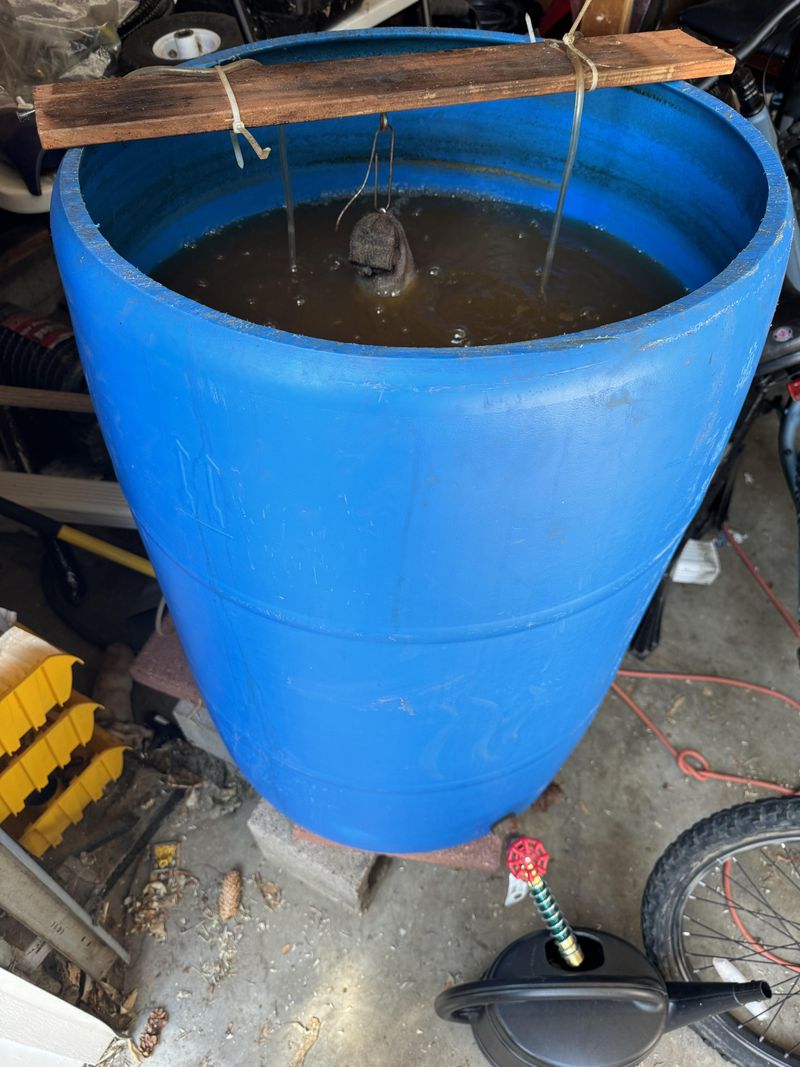Oregon gardeners spend so much time focusing on the parts they can see that it’s easy to forget how much action happens underground. I’ve had plants surprise me with amazing growth once I finally paid attention to what was going on at the roots.
A few hidden factors make all the difference in how strong they become. Those overlooked details can change your whole garden once you finally notice them.
1. Volcanic Soil Amendments Work Wonders
Oregon sits near volcanic regions, which means adding pumice or volcanic rock to your garden beds creates amazing drainage. Roots need oxygen just as much as water, and heavy clay soils common throughout the state can suffocate plant roots quickly.
Mixing in these natural Oregon materials helps roots breathe while holding just enough moisture. Your plants will grow stronger root systems that reach deeper into the ground, making them more resilient during summer dry spells.
2. Mycorrhizal Fungi Are Your Underground Allies
Tiny fungal networks connect with plant roots underground, extending their reach by hundreds of feet. Most Oregon gardeners never see these microscopic helpers, yet they boost nutrient absorption dramatically.
You can purchase mycorrhizal inoculants at local garden centers and sprinkle them when planting. The fungi form partnerships with roots, trading nutrients for sugars. Plants with these fungal friends grow faster, resist diseases better, and handle Oregon’s wet winters with greater success than plants without them.
3. Raised Beds Solve Oregon’s Drainage Dilemma
Building garden beds twelve inches above ground level changes everything for root health in rainy Oregon climates. Waterlogged roots struggle to function properly, leading to stunted growth and weak plants throughout the growing season.
Raised beds warm up faster in spring too, giving you earlier planting dates. Fill them with quality soil mixed with compost, and roots will spread freely. Many Oregon gardeners notice their vegetables taste better and produce more when grown in raised beds versus ground-level plots.
4. Deep Watering Beats Frequent Sprinkling
Shallow, daily watering trains roots to stay near the surface where they’re vulnerable to heat and drought. Instead, water deeply once or twice weekly, encouraging roots to grow downward searching for moisture.
Oregon summers can surprise gardeners with dry stretches, and deep-rooted plants handle these periods much better. Use a soaker hose or drip irrigation to deliver water slowly, allowing it to penetrate twelve inches down. Strong root systems developed this way support healthier, more productive plants all season long.
5. Native Plant Roots Adapt Naturally
Plants native to Oregon have spent thousands of years developing root systems perfectly suited to local conditions. Species like Oregon grape, salal, and red flowering currant thrive without special care because their roots already know how to handle regional soil and rainfall patterns.
Incorporating native plants into your garden means less work and healthier root zones. They support local wildlife too, creating balanced ecosystems. Many Oregon gardeners discover that mixing natives with traditional garden plants improves overall garden health significantly.
6. Compost Tea Feeds Root Microbiomes
Brewing compost in water creates a nutrient-rich liquid packed with beneficial bacteria that roots absolutely love. Oregon’s organic matter decomposes beautifully in our climate, making excellent compost tea ingredients.
Pour this tea around plant bases monthly during growing season, and watch root zones come alive with microbial activity. Healthy soil microbiomes help roots absorb nutrients more efficiently, fight off harmful organisms, and build stronger overall plant structures. It’s like giving your garden’s underground world a nutritious smoothie.
7. Winter Mulching Protects Root Crowns
Oregon winters stay relatively mild, but temperature fluctuations stress plant roots more than consistent cold does. Applying three to four inches of mulch around perennials protects root crowns from freeze-thaw cycles that can push plants out of the ground.
Use bark chips, straw, or shredded leaves available throughout the state. Mulch also prevents weeds and retains moisture year-round. Many Oregon gardeners notice their perennials return stronger each spring when root zones stay insulated and stable through winter months.

